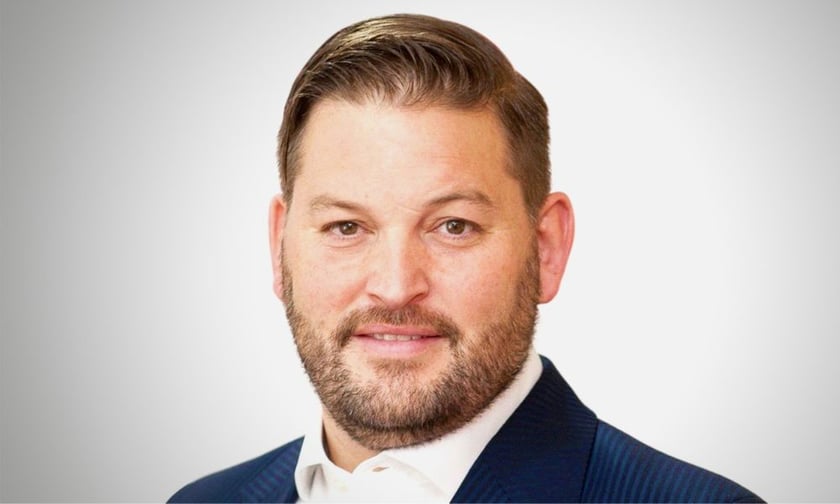

“ADA [Artificial Digital Actuary] is a world first,” said James Baird (pictured), co-CEO of Consilium Insurance Brokers (Consilium).
ADA was developed by Mulberry Risk - a Consilium sister company - for underwriting agencies. A Mulberry presentation describes it as a “portfolio forecasting platform.”
“ADA really is a game changer for underwriting agencies in Australia and the reason we joined the Underwriting Agencies Council (UAC),” said Baird.
Aventum Group, the London-headquartered parent and insurance business behind Consilium, recently became a UAC Business Service Member. A media release, described the move as part of Consilium’s “international journey as a wholesale broker” and a way to “build lasting partnerships within the UAC community.”
In November, London-based Baird was in Australia to officially launch ADA locally.
“UAC is super important to our ambitions in Australia,” he said. “Of course, there’s a commercial business angle for us wanting to work with UAC members.”
Baird said Australia’s “very big” delegated insurance market is a “fantastic opportunity.”
He said about $8 billion to $10 billion of premium a year is written through underwriting agencies, with about $4 billion of that underwritten by Lloyd’s syndicates, either in Australia or London.
However, he told Insurance Business that his firm has “always focused on trying to give to the community that we work with, in terms of education, advisory, and bringing something new.”
That extra something, he said, is this new actuarial technology that’s taken three to four years to bring to market.
“We think it will really support MGAs in securing capacity, protecting capacity and growing capacity,” said Baird. He said the platform provides proactive portfolio management with “data clarity in near real time.”
ADA is already used by his firm’s in-house reinsurance agency, Rokstone. Baird said it has supported this agency’s “exponential growth,” including a gross written premium (GWP) increase from US$50 million in 2017 to US$1.2 billion in 2023/24.
“ADA also calculates IBNRs [Incurred but not reported] and allows you to project your Ultimate loss ratio (ULR) throughout the year and also do “what-if” analysis and see how that impacts your ULR,” he said.
For brokers (and IB journalists) not familiar with IBNRs, Investopedia defines them as “claims that have not yet been reported,” often associated with delayed reporting.
“Because incurred but not reported (IBNR) claims represent latent liabilities, companies must calculate a proper estimate of funds to hold in reserve,” says the website.
Baird said ADA allows an underwriter to “really understand what your book’s made up of and how it’s performing in real time.”
He said this approach contrasts with underwriters’ traditional method.
“Which is, you get to the end of a quarter, you submit a bordereau, it goes off to the insurer and perhaps three months later, you get some feedback on that bordereau,” said Baird.
ADA, he said, allows underwriters to “see a loss trend coming through” and take early corrective action to protect capacity.
“What you don’t want to do is get to the end of the year, have your actuarial review, have your capacity renewal meeting, and be told that you’ve actually run up a significant loss,” said Baird.
He also said, the outputs are “actuarily validated.”
“When you’re having conversations with the capacity providers, you’re coming from a position of strength rather than the capacity providers telling you what your ULR is,” he said.
Baird said the technology works by ingesting the bordereau, which could be an Excel spreadsheet or CSV file.
“It then cleanses the data, automatically structures it and allows the actuaries and portfolio managers at the MGAs to have a look at the portfolio and to do some ‘what if’ analysis,” he said.
Baird gave a simple hypothetical example.
“If in February, you can see that there are more blue door houses getting burgled than red doors, you could then decide to stop insuring blue doors or perhaps put a condition on the policy,” he said.
Baird said insurance companies would very likely be “delighted” by this preventative action that can mitigate potential downsides on the balance sheet.
Are you an underwriter? What helps you negotiate effectively with insurance companies? Please tell us below
